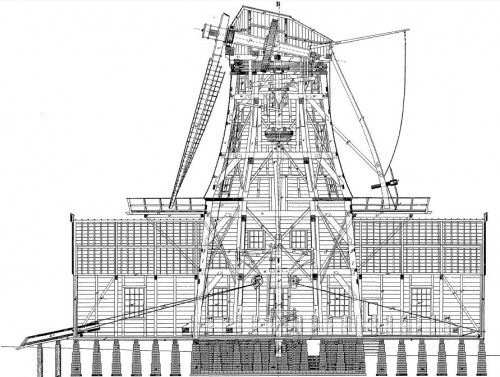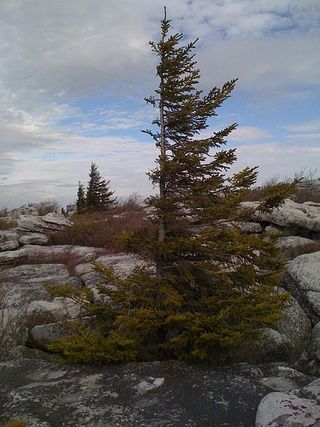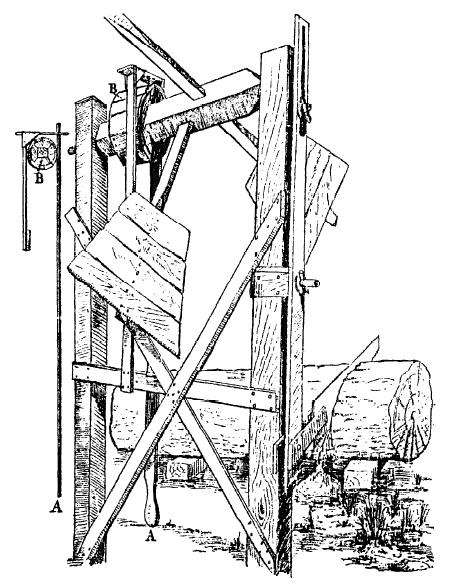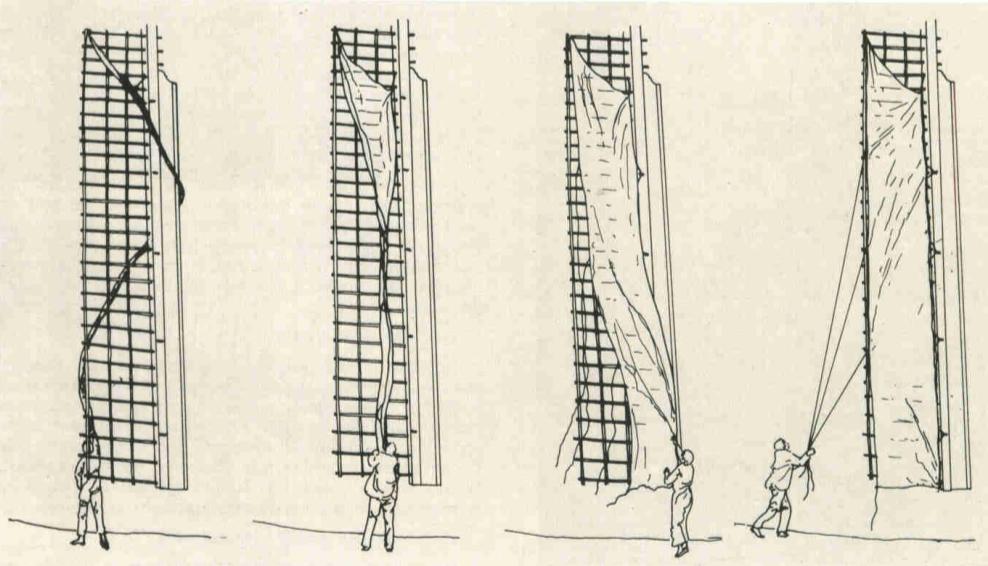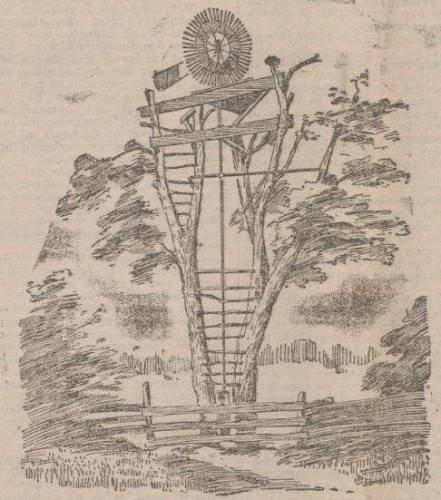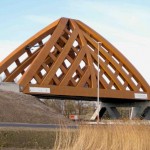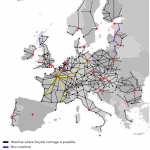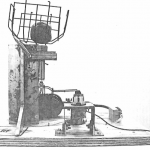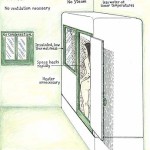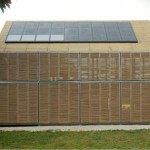This collection of 21 building plans for 5 different types of Dutch industrial windmills was published in 1850. There is a saw mill, an oats mill, a flour mill, and two pumping mills. The book contains no text, only illustrations.
“Theoretisch en practisch molenboek: voor ingenieurs, aannemers, molenaars en andere bouwkundigen“, G. Krook, 1850.
(“Theoretical and practical windmill book; for engineers, contractors and millwrights”).
